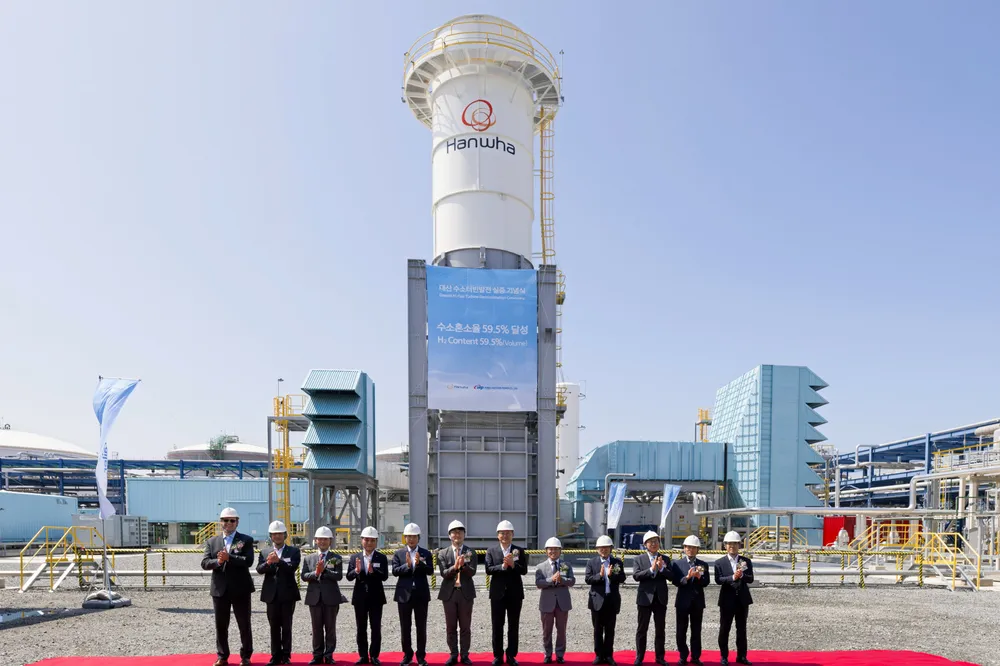‘World record’ | South Korean firm blends nearly 60% hydrogen in its 80MW gas turbine
Hanwha Impact claims this is a global record for the highest blend of H2 in a mid-to-large unit

“We have proven that hydrogen-fired power generation using an LNG gas turbine is actually possible in Korea, and we are one step closer to commercialisation,” said Hee-Cheul Kim, chief executive of Hanwha Impact.
The firm’s parent company, Hanwha Energy, is also currently developing a 1GW LNG-to-power plant, due to start up in 2024 — which risks being stranded amid a national strategy U-turn on fossil gas in the energy mix.
Korea is one of the world’s largest LNG importers, with the previous administration led by Jae-In Moon pledging to shift the country’s energy system away from coal and nuclear toward gas and renewables. However, the new government led by Suk-Yeol Yoon has swung back to building out nuclear, with plans to cut LNG’s share of the power mix down from nearly 30% in 2021 to 9.3% by 2036.
Fossil gas power plant operators hope that blending hydrogen may present a route through which they can claim decarbonisation in line with South Korea’s 44% emissions reduction target by 2030.
The company also used its portfolio companies’ technology to control combustion conditions and flame, since hydrogen has a higher flame temperature and burns 7-8 times faster than fossil gas, with the aim of reducing both damage to the turbine and pollutants in the exhaust. This resulted in NOx emissions of six parts per million, a 30% reduction compared to running the turbine on regasified LNG.
Hanwha plans to further trial 100% hydrogen-fuelled power generation.
(Copyright)